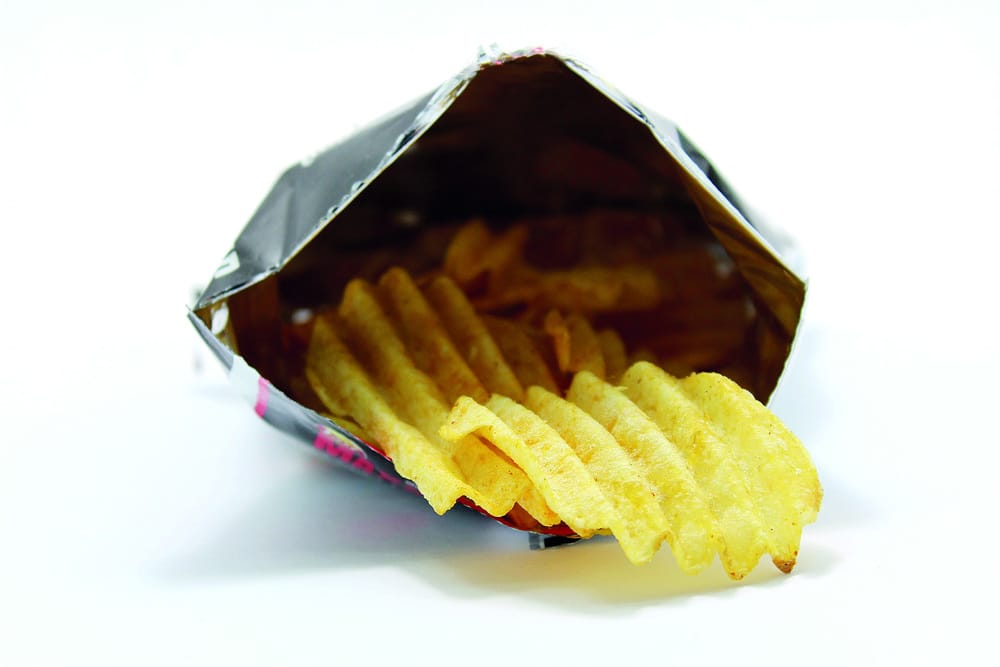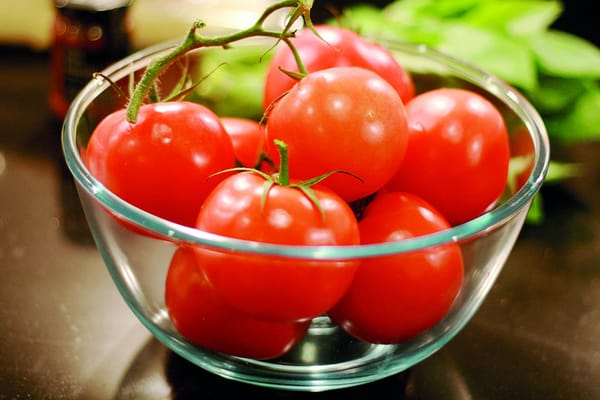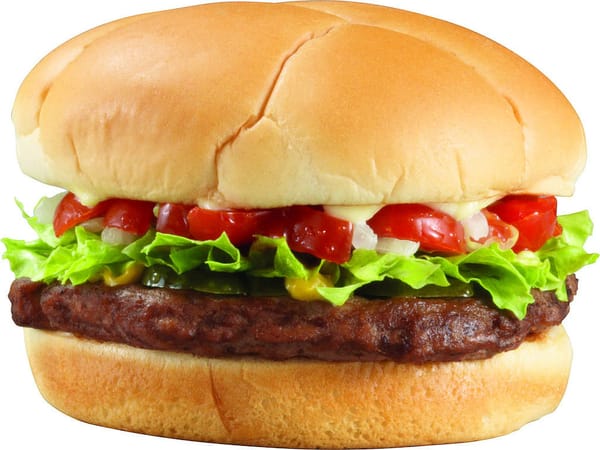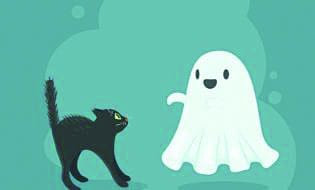Ending the Cycle of Junk
Alexandra Lim looks at the science behind our cravings, and why it’s easier to stop bingeing than we think

As I type, I’m eating a thin slice of Japanese soufflé cheesecake I made yesterday. But the pleasure I took in eating it triggered a glitch of annoyance. I realised such fine nuances of taste and texture are easily overlooked in today’s world where easy access to and high abundance of high-energy, palatable, chemical-laden foods is the norm. These are the reasons that drive the overwhelming prevalence of obesity and metabolic disease.
A study published just two months ago in Frontiers in Behavioral Neuroscience showed that it’s just as easy to pull oneself out of debilitating junk food habits as it is to get stuck in it, by examining the effect of food-paired environmental cues on food-seeking behavior. With so much eating done outside of the house, we are constantly bombarded with external stimuli to promote the purchase and consumption of foods high in energy but low in micronutrients.
The two experiments reported in this particular experiment each began with conditioning: non-deprived rats received repeated exposure to standard lab nosh, and another paired with highly palatable junk foods such as Oreos, Pringles and jelly snakes. A third set of rats were food-deprived for instrumental training, where rats could press levers to obtain sugary water or pellets in order to test the effect of environment on food consumption being either based on decisions or habitual. Perhaps not surprisingly, experiment one found that the rats on junk food promoted habitual control over behavior, compared to a bland food context. The second experiment is what makes this experiment novel, attempting to reverse this habitual effect, this mindless snatching of M&M’s and “oh look they’re all gone in ten” attitude, by exploring whether the presentation of a discrete cue paired with food and its environment would restore control over behavior when faced with junk food.
In the second experiment, the rats underwent the same procedures as in the first experiment. However, this time, distinct sound cues were played whenever rats were placed in either junk-food or bland chow contexts, creating specific environmental cues associated with the differing food types. The researchers found that the cue played in the bland chow context improved sensitivity to the devaluation of food, when rats were then presented with an abundance to junk food after having been fed. So there you go: A sound cue paired with bland food is all it took to take rats out of a habitual mode of behavior and back into a mind frame of better self-control. Of course, rats aren’t all the same physiologically or mentally as us humans, but this still provides some insight into our relationship with food, proving we can control ourselves than we think.
Another slice of insight derived from these experiments: our natural inclination towards fatty or sweet foods are mostly environment-driven, not because our bodies are in dire need 24/7 of all that high fructose corn syrup. We can’t always use the excuse that our ancestors, who were much more deprived than we are today, needed those foods to keep them going.
And you know what? It’s OK to have junk food, my own love for sweets underpinning my passion for both food blogging and science writing. That slice of soufflé cheesecake I just had is now gone. It’s simply understanding the factors that drive obesity, this serious impediment to our future peace on Earth, that’s an absolute necessity now. This all sounds quite overly dramatic, and maybe I am loopy, but let’s revert quite overly dramatic, and maybe I am loopy, but let’s revert our focus to appreciation of the small pleasures, like this homemade cake, or pineapple tart (Chinese New Year is still on a roll), or savouring a book and scone at a café instead of hankering after McDonald’s and only McDonald’s.








